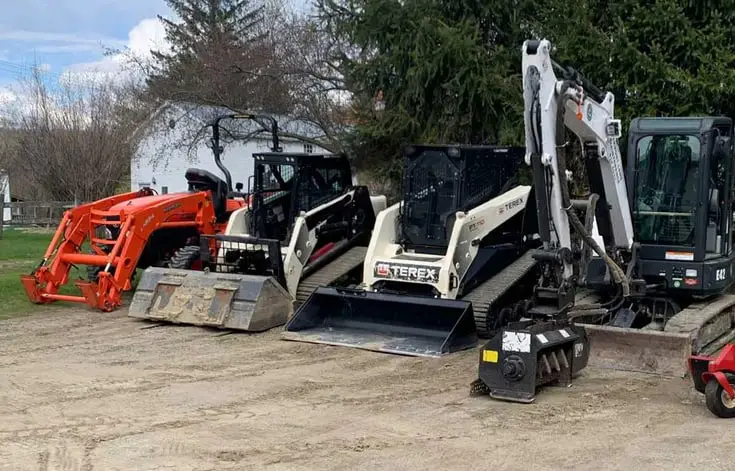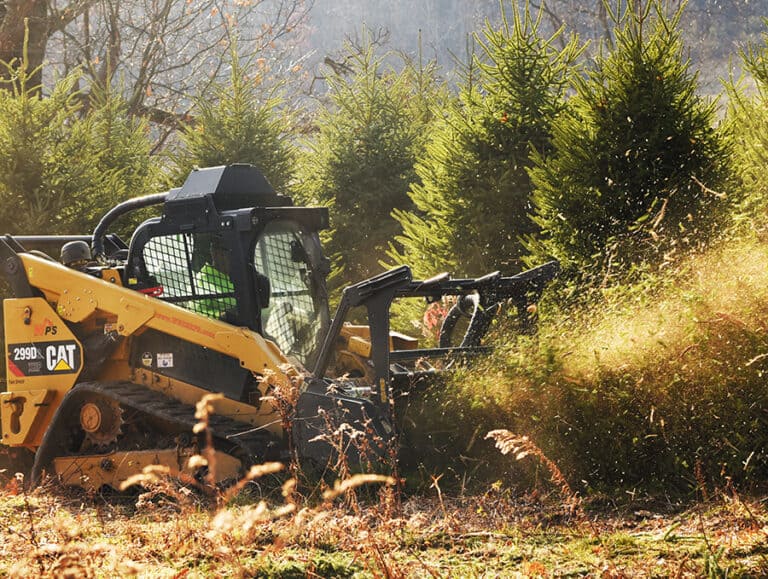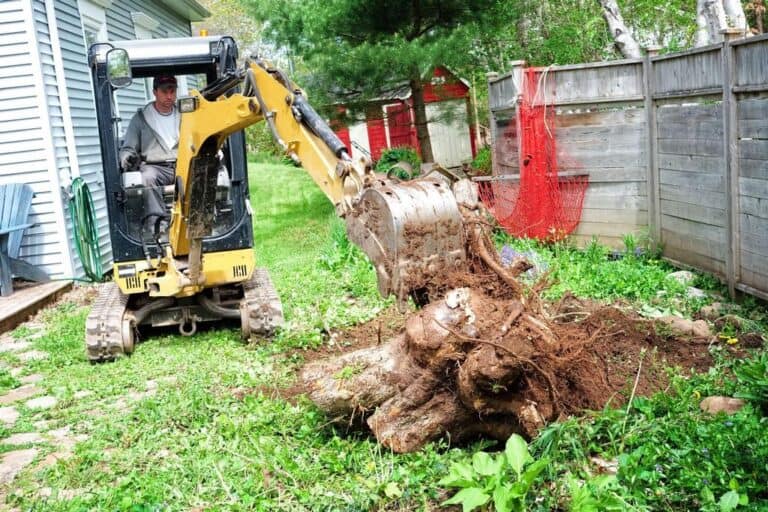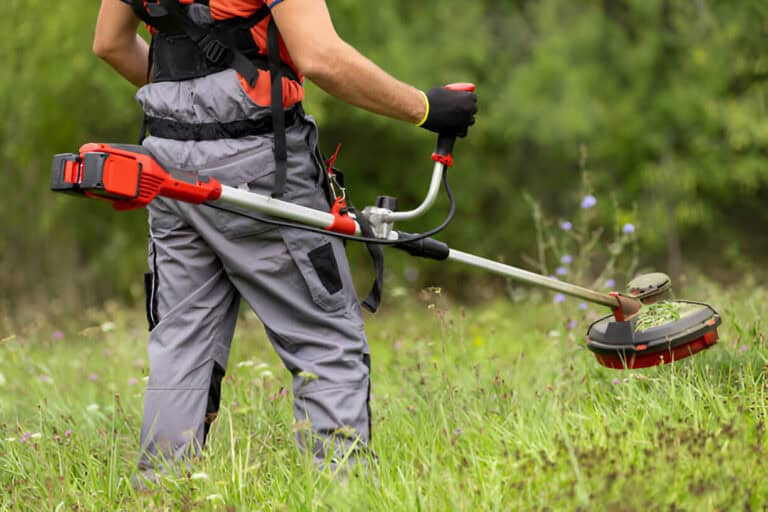Clearing Land With a Bulldozer: Benefits and Impacts for Environment
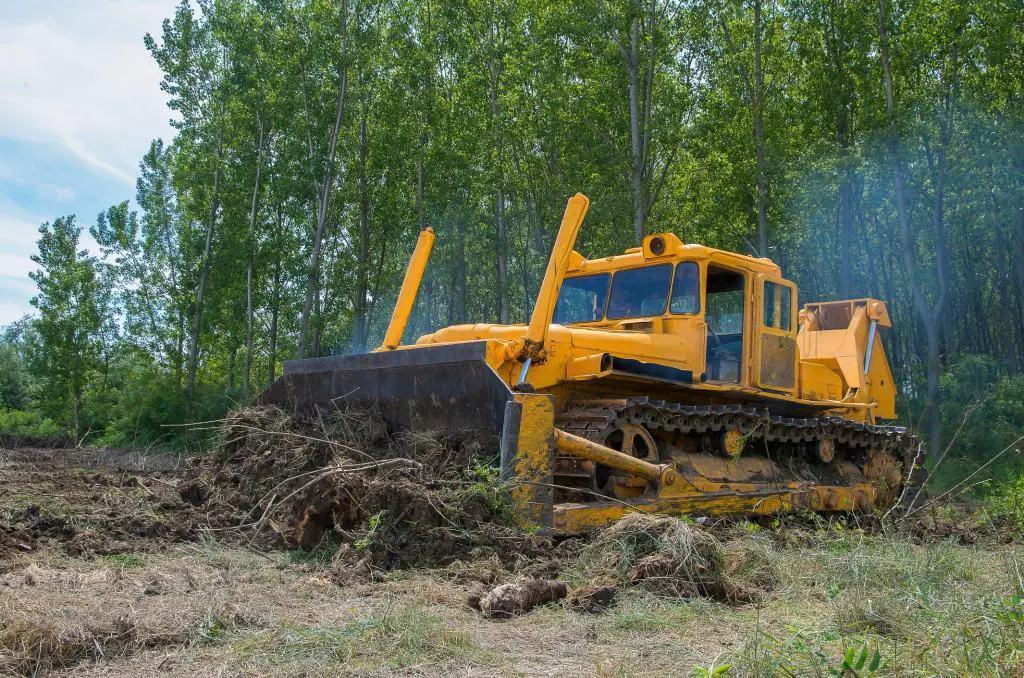
Have you ever driven past a construction site and seen a bulldozer pushing aside trees and debris? Or maybe you’ve witnessed a bulldozer clearing land for agricultural purposes.
Whatever the reason may be, bulldozer land clearing is a common practice that has been used for decades. While it offers several benefits, such as improved land management and increased productivity, it also comes with environmental impacts that can’t be ignored.
In this article, we’ll talk about the pros and cons of clearing land with a bulldozer so you can better understand how this method affects our planet. So, buckle up and get ready to explore the pros and cons of bulldozer land clearing!
What is Land Clearing with a Bulldozer?
Land clearing with a bulldozer is the process of using a bulldozer to remove trees, plants, rocks, trash, and other things from a certain area of land. A bulldozer is a powerful heavy equipment machine that is designed with a wide blade attached to the front to push and move debris out of the way.
A skilled operator who can control the bulldozer to clear the land quickly and effectively operates the blade is needed.
Using a bulldozer to clear land can be done in different ways, depending on the needs of the project and the state of the land. One of the most common types is “pushover” land clearing, which involves using the bulldozer blade to push over trees and other vegetation to the ground.
Another type is “cut and grind” land clearing, which involves cutting down trees and using a grinding machine to grind the trees and other vegetation into mulch.
Another type is the controlled-burn land clearing method, where a controlled fire is set to remove unwanted vegetation and other debris. The bulldozer is then used to push the burnt debris to the side. A selective land clearing method is also used to take out only certain trees or plants from a certain area, leaving the rest of the area alone.
Overall, clearing land with bulldozers is a good way to get it ready for different uses, like farming, building, mining, and other development projects. It is a quick and easy way to clear the land of obstacles and trash, making it easier to use for what it was meant for.
The Benefits of Clearing Land with Bulldozer
One of the major benefits of land clearing with dozers is that it provides a more efficient and effective way to clear large swaths of land. Dozers can move quickly through areas, which makes it possible to move a lot of dirt at once. This can help reduce the number of trips needed to haul materials away from the site, thus saving time and money.
Bellow are some major advantages of using bulldozer for land clearing
1. Improved Land Management
Clearing land with a bulldozer can help with land management by getting rid of unwanted plants and other obstacles. This can make it easier to get to the land and use it for different things, like farming, building, and development.
Removing trees and other vegetation can also reduce competition for resources, such as water and nutrients, which can benefit crops and other plants.
2. Enhanced Safety and Accessibility
Land clearing with a bulldozer can enhance safety and accessibility on a site. By getting rid of trees and other plants, the risk of accidents caused by falling trees and limbs can be cut down. It can also make it easier to get to the site for construction and development, among other things.
Clearing the land can also improve visibility, which can reduce the risk of accidents and increase safety.
3. Increased Productivity and Efficiency
By removing obstacles and other things that slow down work, land clearing with a bulldozer can boost productivity and efficiency. By cleaning up the land, it will be easier to get to and use the site for different things. It can also reduce the time and resources required to clear the land manually, which can save time and money.
Also, clearing land with bulldozers can improve efficiency by making it less likely that trees and other plants will damage equipment. This can lead to fewer breakdowns and repairs, which can cut down on downtime and make the business more productive.
4. Improved Soil Quality
Using bulldozers to clear land of trees and other plants can reduce soil compaction and erosion, improve soil quality, and help plants grow in a healthy way.
5. Reduced Fire Hazard
By removing flammable plants and debris from a site, land clearing with bulldozers can help reduce the risk of wildfires, especially in areas that are prone to drought or wildfires.
Overall, land clearing with bulldozers can provide various benefits for landowners and developers. It can improve land management, enhance safety and accessibility, and increase productivity and efficiency.
Clearing Land With a Bulldozer: Benefits and Impacts for Environment
Land clearing with bulldozers can have significant environmental impacts that need to be considered. You may have some concerns about using bulldozers to clear land.
1. Soil Erosion and Compaction
When land is cleared with a bulldozer, one of the biggest environmental concerns is that the soil could be washed away or packed down. Bulldozers are big, heavy machines that can pack the ground down, making it hard for water and air to get in. This can lead to reduced soil fertility and plant growth, as well as increased runoff and erosion.
2. Habitat Loss and Destruction
When land is cleared with a bulldozer, habitats can be lost or destroyed, especially in areas with a lot of different kinds of plants and animals. This can lead to the displacement or extinction of wildlife species and disrupt ecosystems. Getting rid of plants can also cause soil erosion and changes in the water supply, which can hurt habitats even more.
3. Impact on Biodiversity and Climate Change
Clearing land with a bulldozer can have big effects on biodiversity and make climate change worse. When plants are cut down, ecosystems lose some of their ability to absorb and store carbon, which can lead to more greenhouse gas emissions. This can further contribute to climate change and impact biodiversity.
4. Disrupt Food Chain and Wildlife
Also, cutting down trees and other plants can mess up the food chain and make it harder for wildlife to survive. It can also make it harder for ecosystems to provide services like storing carbon, filtering water, and stopping erosion.
Overall, while land clearing with a bulldozer can be an effective way to clear land for development or agricultural purposes, it can also have significant environmental impacts. It is important to consider these impacts and implement measures to minimize them, such as reforestation or restoration efforts or alternative land clearing methods that minimize disturbance to the environment.
Bulldozer Clearing and Soil Erosion
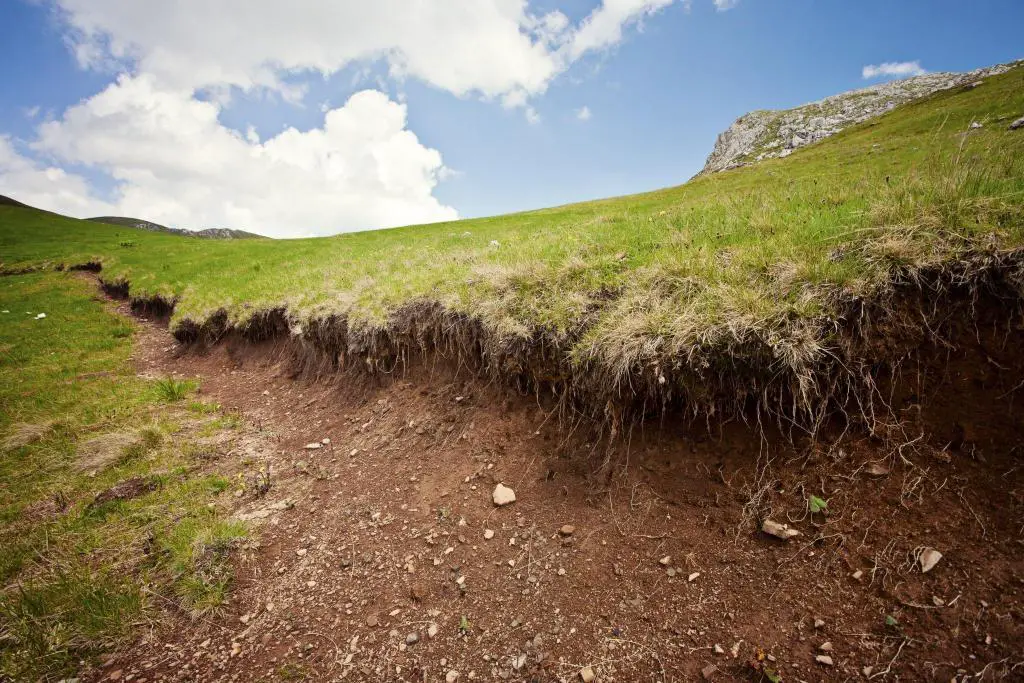
Clearing land with a bulldozer is a common part of land development. It is often used to clear land for building or farming. But bulldozer clearing can cause a lot of soil erosion, which can be bad for the environment and the economy.
The link between bulldozer clearing and soil erosion is rooted in the fact that bulldozers use large, heavy blades to push soil and vegetation out of the way. This can lead to the removal of topsoil, which is the most fertile layer of soil that supports plant growth. When topsoil is removed, it can lead to soil compaction and reduced water-holding capacity, which in turn can cause soil erosion.
Soil erosion is a big environmental problem that can hurt a lot of things, like the soil’s ability to grow crops and the amount of sediment in nearby waterways. Soil erosion can also lead to the loss of biodiversity and ecosystem services, which can have both economic and social effects.
To prevent soil erosion during bulldozer clearing, several strategies can be employed. The first step is to minimize the area that is cleared and to avoid clearing steep slopes or areas with fragile soils. Also, bulldozer operators can use techniques like contouring, which involves following the natural shape of the land, to reduce the amount of soil that is moved.
Soil erosion can also be stopped by using erosion control methods, like putting down erosion control blankets made of organic materials on the soil surface to stop erosion. Other strategies include planting cover crops or using mulch to protect the soil surface.
Tips for Reducing the Environmental Impact of Land Clearing With Dozers
Land clearing is an important part of many businesses, like farming, mining, and building. People often use dozers to clear land, but their use can have a big effect on the environment. Luckily, there are some tips that can help reduce the environmental impact of land clearing with dozers.
The first tip is to carefully plan the land clearing process. Before you start, it’s important to find any sensitive or protected areas, like wetlands, forests, or places where endangered animals live. These areas should be avoided or cleared using alternative methods.
Planning also includes figuring out the best routes for dozers to take to cause the least amount of damage to the soil and plants. By planning land clearing carefully, you can reduce the damage to the environment and make sure that only the land that needs to be cleared is.
Another tip is to use the right size and type of dozer for the job. Using a bigger dozer than is needed can hurt the soil and plants more than is necessary. Additionally, the type of blade used on the dozer can impact the environment. Blades with rounded edges are less likely to damage tree roots and soil, while straight-edged blades can cause more damage. Land clearing can have less of an effect on the environment if the right size and type of dozer and blade are used.
Finally, it’s important to consider the long-term impact of land clearing. After the land has been cleared, steps need to be taken to stop erosion and bring back the plants. This can be done by planting new trees or grasses, putting in place measures to prevent erosion, and not using heavy equipment in the area until the plants have had a chance to grow back.
By thinking about how land clearing will affect the environment in the long run, we can reduce the damage and make sure the land stays healthy for future generations.
Regulations and Permits for Land Clearing with Bulldozer:
Local and National Regulations
Local and national rules about land clearing with a bulldozer are in place to protect the environment and public health. These regulations may include zoning ordinances, land use regulations, environmental regulations, and building codes. Compliance with these regulations is necessary to avoid fines, penalties, and legal liability.
Permitting Process and Requirements
Getting permission to use a bulldozer to clear land usually means getting permission from both local and national regulatory agencies. The requirements for these permits can change based on where, how big, and what the land clearing project is all about.
Permit requirements may include environmental assessments, stormwater management plans, and erosion control plans. Compliance with these requirements is necessary to obtain permits and avoid regulatory violations.
Compliance and Enforcement
To avoid fines, penalties, and legal liability, it is important to follow the rules and get the right permits when clearing land with a bulldozer. If you don’t follow the rules, you could get fines, penalties, or legal action from regulatory agencies. You could also hurt the environment and people’s health. To make sure people follow the rules, regulatory agencies may do inspections, audits, and investigations.
Overall, regulatory compliance is an essential aspect of land clearing with a bulldozer. By getting the right permits and following the rules, land clearing projects can be done in a way that is safe and good for the environment. This can help people avoid legal trouble and fines.

